Proximal Tibiofibular Joint Dislocation in Children
Pediatric EM Morsels
JULY 7, 2023
In the past, we have discussed several causes of Knee Pain in children. Some of those causes are benign (ex, Osgood Schlatter’s Disease ) while others are scary (ex, osteosarcoma ). Evaluating the limping child , though, requires us to ponder not only the common (ex, Toddler’s Fracture ), but also to be vigilant for the severe (ex, Septic Arthritis ).
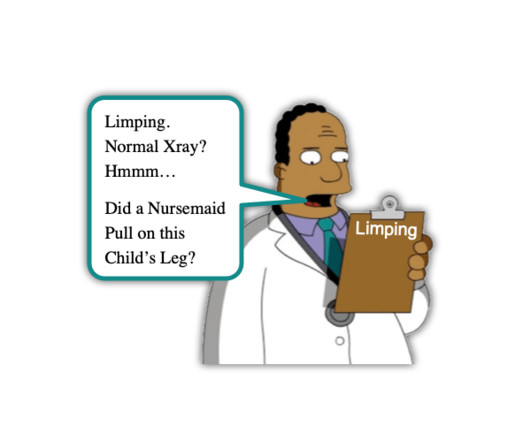
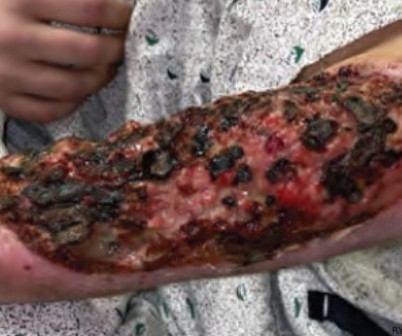
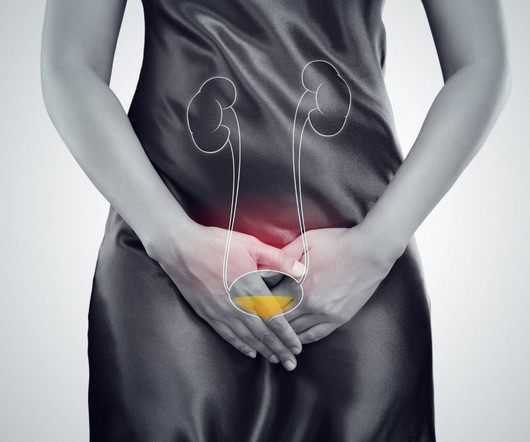


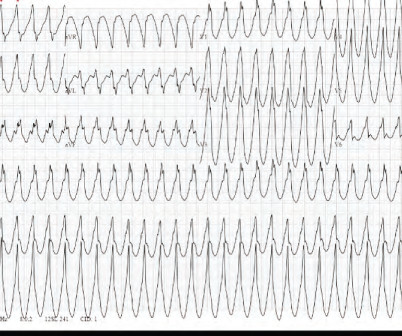


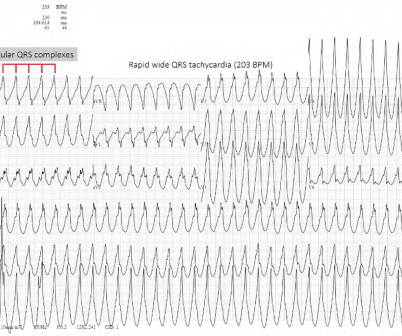
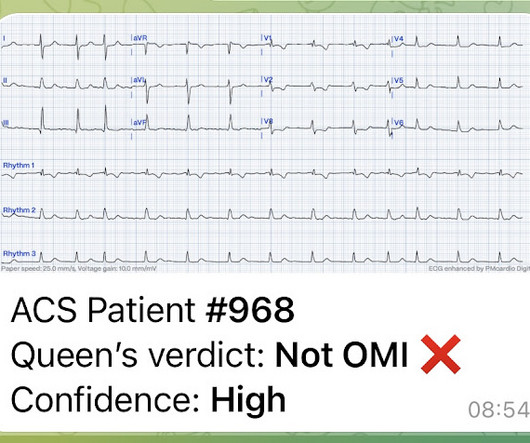
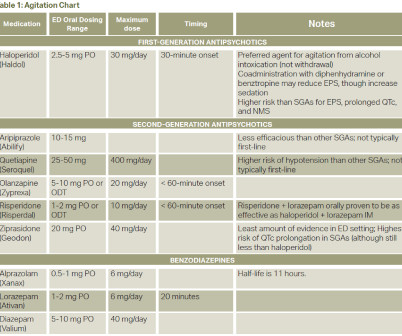



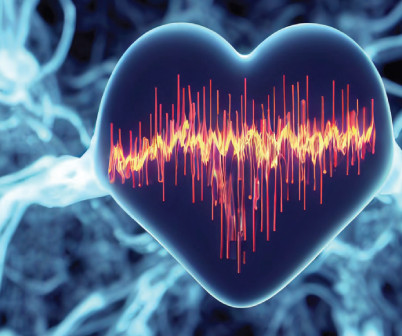







Let's personalize your content